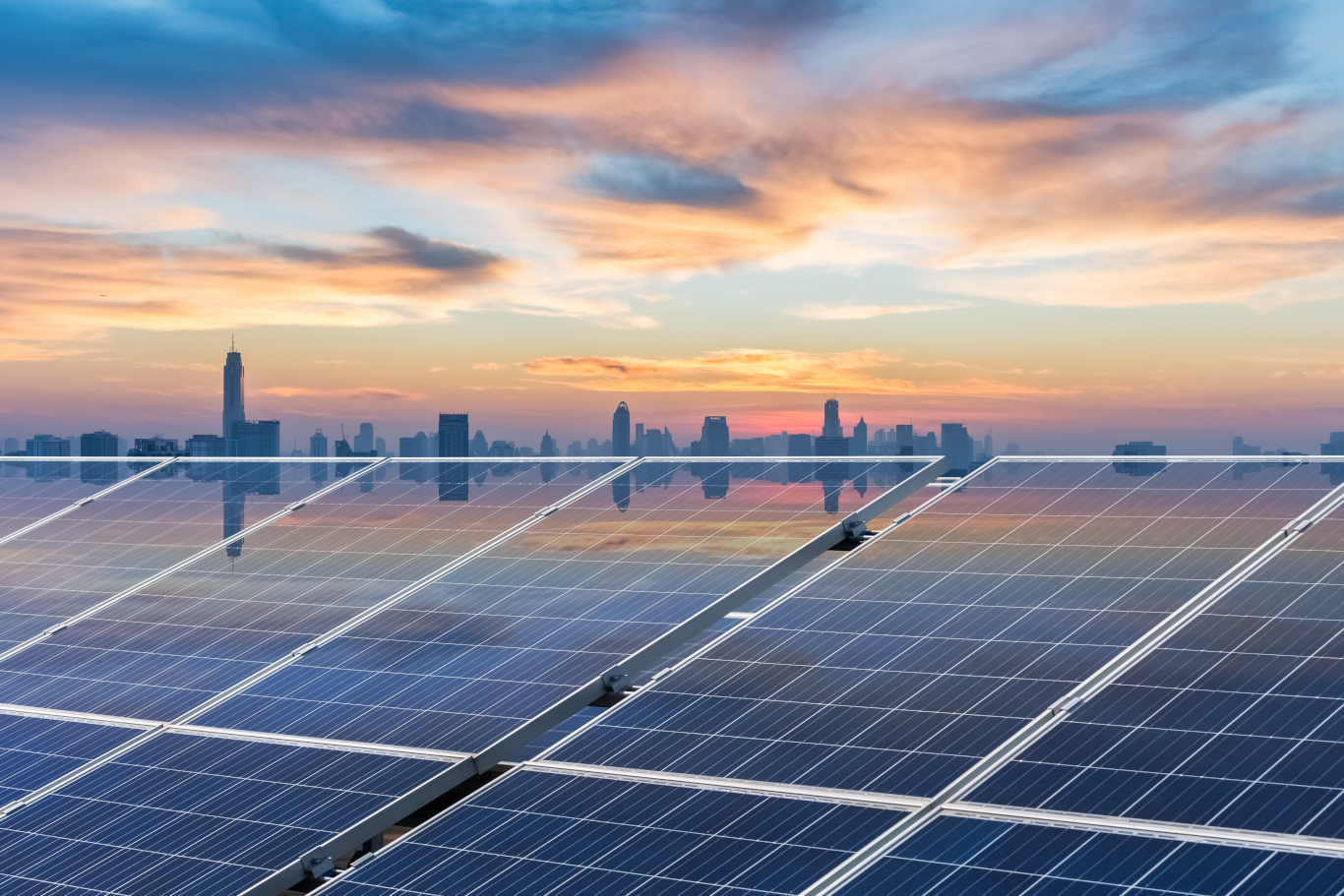Proster articles - sources of professional knowledge
Industry knowledge compiled by specialists for specialists. Benefit from the experience of our experts.
Improving energy efficiency and the so-called White Certificate

„Improving energy efficiency and the so-called White Certificate”
_What is a White Certificate? __
According to the above-mentioned law on energy efficiency, entrepreneurs who decide to make investments to improve the energy efficiency of their business can apply for energy efficiency certificates, or so-called White Certificates. The Energy Efficiency Certificate is an EU certificate and a type of subsidy. A White Certificate is a document certifying the amount of energy planned to be saved. It confirms that a certain reduction in its consumption will be achieved at the recipient.
What needs to be done to obtain it?
In order to obtain an Energy Efficiency Certificate, upgrades must be made at the company to ensure greater efficiency (described in: “Improving a company’s energy efficiency as a consequence of an energy audit”). The most common condition for obtaining a White Certificate is replacing outdated appliances and energy-intensive light sources with their energy-efficient counterparts. The certificate is issued on the application of the entrepreneur submitted to the President of the ERO (Energy Regulatory Office), who issues the energy efficiency certificate within 45 days from the date of submission of a complete application. Only planned and non-started projects are eligible for White Certificates. A completed retrofit will no longer receive such a certificate. Other aspects that result in the denial of the White Certificate are: already obtaining another thermal upgrading bonus, exceeding the allowable amount of public aid for the investment. On the other hand, the process of acquiring it itself is as follows:
- the choice of the enterprise, the modernization I want to introduce in a particular enterprise,
- performing a professional energy efficiency audit,
- submission of an application with other documentation to the Energy Regulatory Authority,
- receiving a certificate.
The application for an energy efficiency certificate must include: the applicant’s data, identification of the type of project and its location, the amount of final energy, expressed in tons of oil equivalent, planned to be saved on average during the year, an indication of the period for obtaining final energy savings for the project, an indication of the date of commencement and completion of work to implement the project, an indication of whether another application for an energy efficiency certificate has been submitted for the project. Among other things, the application must be accompanied by documentation of the energy audit conducted. The issued Certificate contains an individual number, identification of the entity for which the Certificate was issued and its value.
Advantages?
An important advantage of obtaining an Energy Efficiency Certificate is that it can be combined with other sources of financing (provided that the total subsidy does not exceed the maximum aid threshold). It is individually selected depending on the type of investment. Another attractive solution to promote the implementation of investments to improve energy efficiency is ESCO financing. ESCO, from Energy Service Company, is a kind of energy saving company, providing energy services or other energy efficiency measures to the energy user/consumer, while taking on some financial risk. Payment for services rendered is based (in whole or in part) on the achievement of energy efficiency improvements and the meeting of other agreed performance criteria. The ESCO company commits its financial resources to carry out a modernisation project at the customer’s site, and recovers its expenditures (with remuneration) through staggered payments. The payback period depends on individual arrangements between the parties. The payments made by the customer come from the savings generated in energy costs. Such a solution is dedicated to three types of entities: those that do not have the financial capacity to make the investment, those that do not have the technical capacity to make the investment on their own, or those seeking guarantees of the energy effect.
Bibliography:
- Act of 20th May 2016 on Energy Efficiency / Journal of Laws of 2021, items 468, 868 /
- https://www.gov.pl/web/klimat/co-to-jest-firma-esco